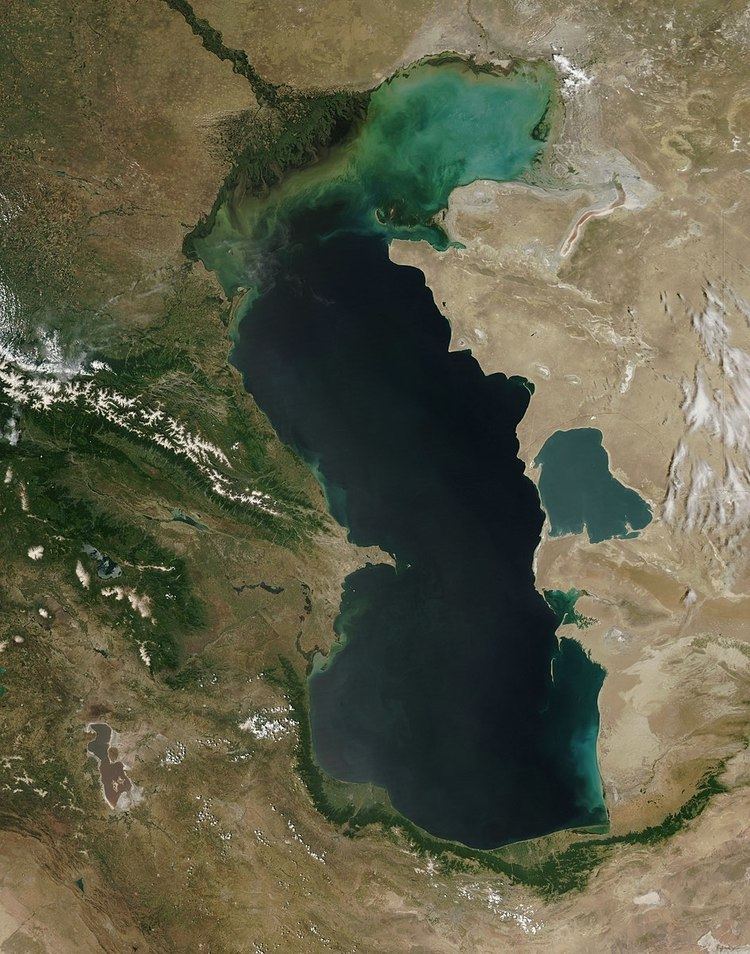 | ||
Reactive nitrogen ("Nr") is a term used for a variety of nitrogen compounds that support growth directly or indirectly. Representative species include the gases nitrogen oxides (NOx), ammonia (NH3), nitrous oxide (N2O), as well as the anion nitrate (NO3−). Most of these species are the result of intensive farming, especially the (mis)use of fertilizers. Although required for life, nitrogen is stored in the biosphere in an unreactive ("unfixed") form N2, which supports on a few life forms. Reactive nitrogen is however "fixed" and is readily converted into protein, which supports life, leading to depletion of oxygen in fresh waters by eutrophication.
Reactive nitrogen compounds
In the environmental context, reactive nitrogen compounds include the following classes:
All of these compounds enter into the nitrogen cycle.
As a consequence, an excess of Nr can affect the environment relatively quickly. This also means that nitrogen-related problems need to be looked at in an integrated manner.
